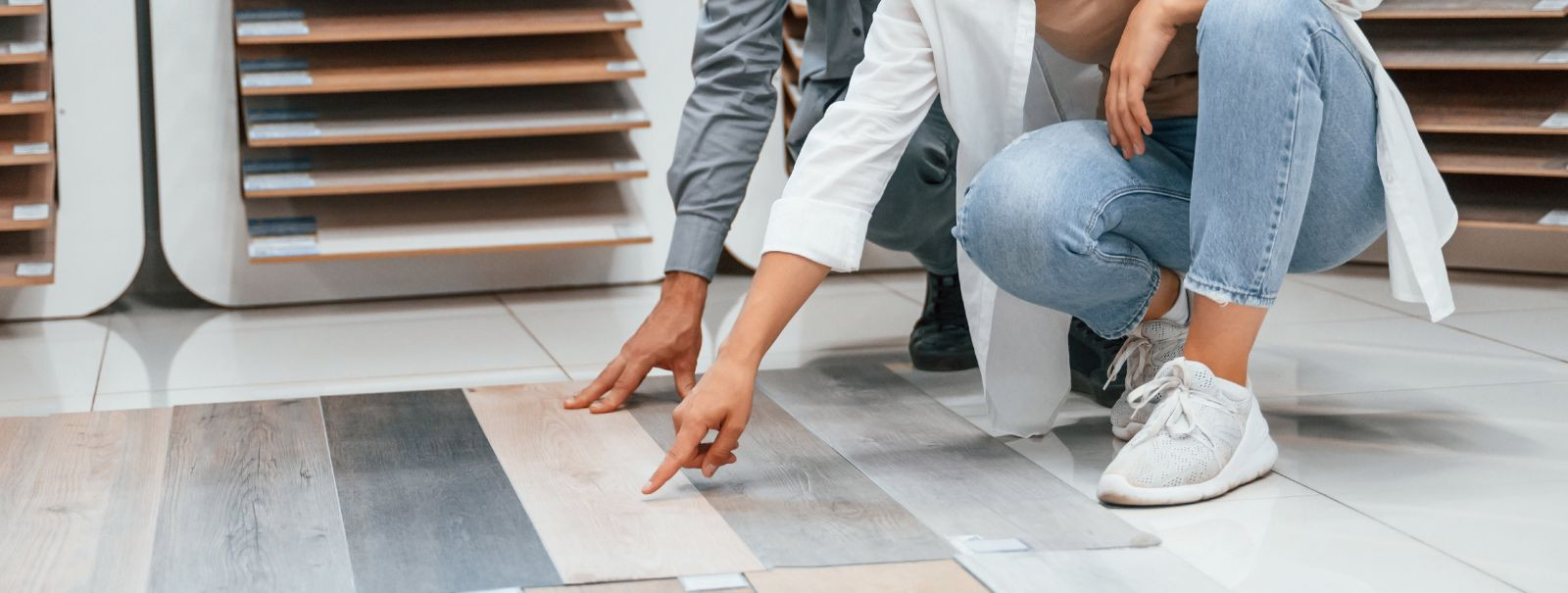5 signs it's time to replace your tiles
Tile flooring is a popular choice for many homeowners and businesses due to its durability and aesthetic appeal. However, like any other material, tiles have a lifespan and eventually need to be replaced. Recognizing the signs that your tiles are due for a replacement is crucial for maintaining the integrity and appearance of your space.
Tiles are known for their hard-wearing nature, but over time, they can succumb to wear and tear. Factors such as tile quality, foot traffic, and maintenance can influence their longevity.
Delaying tile replacement can lead to more extensive damage, increased repair costs, and potential safety hazards. It's important to be vigilant and act promptly when you notice the first signs of tile deterioration.
Sign #1: Cracks and Chips
One of the most obvious signs that your tiles need replacing is when you start to see cracks and chips. These imperfections can be caused by heavy impact, subfloor movement, or the natural settling of a building.
Understanding the underlying causes of cracked tiles can help you address the issue more effectively. Whether it's due to poor installation or environmental factors, identifying the cause is the first step towards a solution.
Small cracks might seem like a minor issue, but they can quickly escalate. It's essential to replace cracked tiles to prevent moisture infiltration and further damage.
Sign #2: Loose or Hollow Tiles
Loose tiles are not only unsightly but can also be a tripping hazard. They often indicate an issue with the tile adhesive or the substrate.
Several factors can lead to tile loosening, including water damage, improper installation, or a failing underlayment.
It's important to assess the extent of the problem. If multiple tiles are loose, it may be a sign of a larger issue that requires complete tile replacement.
Sign #3: Mold and Mildew Growth
Mold and mildew can develop on tiles in damp areas, such as bathrooms and kitchens. This not only affects the appearance of your tiles but can also pose health risks.
Exposure to mold can cause respiratory issues and allergic reactions. It's crucial to address mold growth promptly to protect your health.
While cleaning can temporarily remove mold, persistent growth requires more drastic measures like tile replacement to eliminate the problem at its source.
Sign #4: Outdated Tile Design
Design trends evolve, and your tile design might be signaling that it's time for an update. Outdated tiles can diminish the overall look of your space and affect the value of your property.
A modern and appealing tile design can significantly enhance the value and appeal of your property, making it a worthwhile investment.
Staying abreast of current tile trends can help you choose a design that will stand the test of time and reflect your personal style.
Sign #5: Persistent Stains and Discoloration
Stains and discoloration can be a sign of tile wear and tear. Over time, tiles can become discolored due to a variety of factors, including sunlight exposure and chemical damage.
Older tiles may be more difficult to clean, and at some point, it may be more cost-effective to replace them rather than attempt to restore their original appearance.
Today's tile market offers a range of options that are more resistant to staining, providing a long-lasting and low-maintenance flooring solution.






Comments (0)